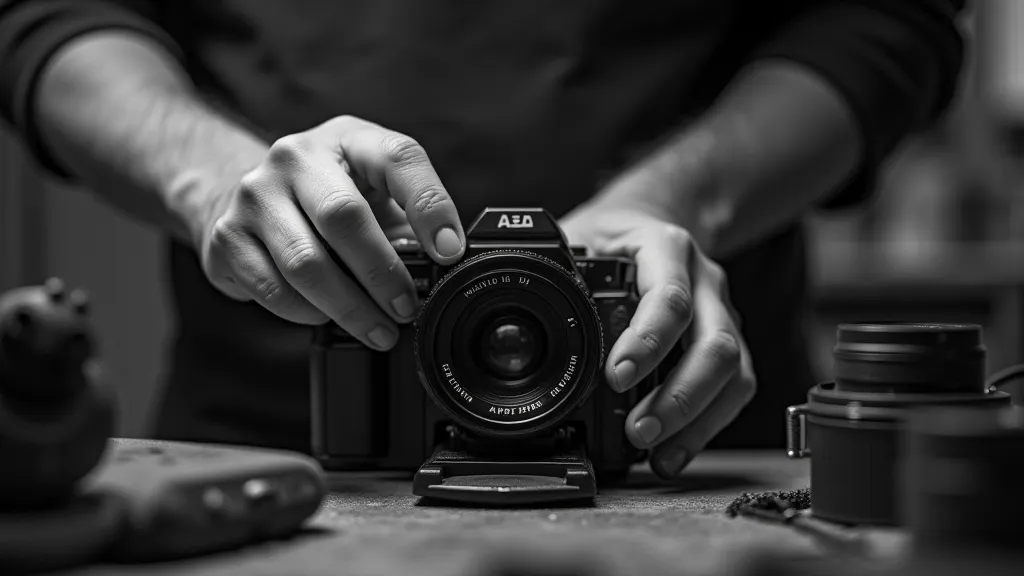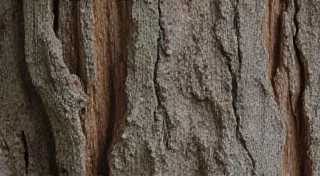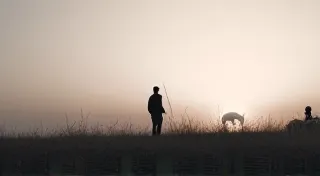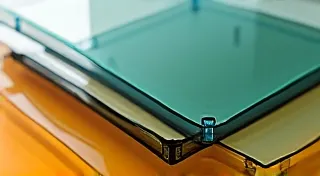The Ambered Gaze: How Imperfection Shapes Narrative Voice
There's a certain magic held within the brass and glass of a vintage camera viewfinder. It isn’t just a portal to a captured moment; it’s a window into a past laden with artistry, perseverance, and a beautiful, undeniable imperfection. We often strive for pristine clarity, both in photography and in storytelling. We chase the sharpest focus, the most technically flawless execution. Yet, I’ve found myself increasingly drawn to the opposite – to the flaws, the quirks, the ambered gaze of a decades-old lens. Because within those imperfections lies a resonance with the very soul of authentic narrative.
My grandfather, a quiet man of few words, kept a collection of antique cameras locked away in the attic. I remember, as a child, pleading to see them, the scent of dust and aged leather thick in the air as he finally relented. He’s gone now, but the memory of those cameras—the heft of the metal, the delicate click of the shutter—remains vivid. One camera, a bellows-type view camera from the 1920s, particularly fascinated me. Looking through its viewfinder wasn’t like looking through a modern one. It wasn’t just a clear, bright rectangle. It had character. Vignetting, a darkening around the corners, softened the edges of the scene. A few faint scratches danced across the glass, catching the light in unexpected ways. It wasn’t distracting; it was… revealing.
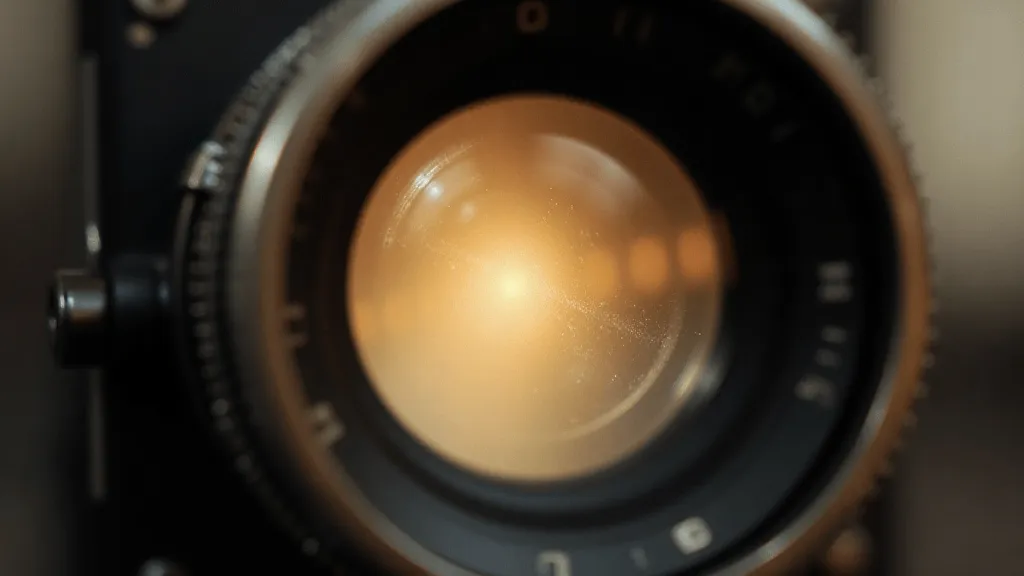
The Poetry of Degradation
These "imperfections," so readily dismissed in the digital age, were simply the reality of photographic technology at the time. Precision manufacturing wasn’t what it is now. Lenses were often coated, if at all, with rudimentary methods. Dust and debris were commonplace. The very materials used – the glass, the metal, the leather – were subject to the ravages of time. But this degradation isn't a failure; it's a record. A record of the hands that crafted it, the environments it endured, and the lives it documented.
Consider the light leaks, those unpredictable streaks of brightness that can wash across an image. To a modern photographer, they might be a nuisance to be eradicated. Yet, in a vintage photograph, a light leak can become a powerful aesthetic element, adding a layer of mystery and emotion. It disrupts the predictable, injects a touch of the unexpected, much like a jarring revelation can shake up a narrative.
Restoring a vintage viewfinder is rarely about achieving clinical perfection. It’s about preserving its character, its patina. Sometimes, a few scratches are best left untouched, as they are intrinsic to the object's story. Think of a well-loved book – the dog-eared pages, the faded cover, the marginalia – they are all part of its history, adding depth and intimacy.
The Parallel in Writing: Embracing Vulnerability
The beauty of a flawed viewfinder mirrors the beauty of an imperfect narrative voice. Think of the great writers—Hemingway, Woolf, Faulkner—they weren’t afraid to be messy, to be vulnerable, to let their prose be unconventional. Hemingway’s clipped sentences, Woolf’s stream of consciousness, Faulkner’s dense and winding narratives – these weren’t accidents. They were conscious choices, a rejection of formulaic storytelling. They were, in a way, the “vignetting” of literature, softening the rigid edges of convention.
A narrative stripped bare of vulnerability, a character presented as flawless and untouchable, often feels hollow and unbelievable. Just as a perfectly cleaned and polished viewfinder loses its connection to the past, a story devoid of imperfection struggles to resonate with the reader. It’s the scars, the doubts, the awkward pauses, the moments of self-reproach – these are the details that make a character feel real. It's the imperfect voice that reveals the inner workings of the soul.
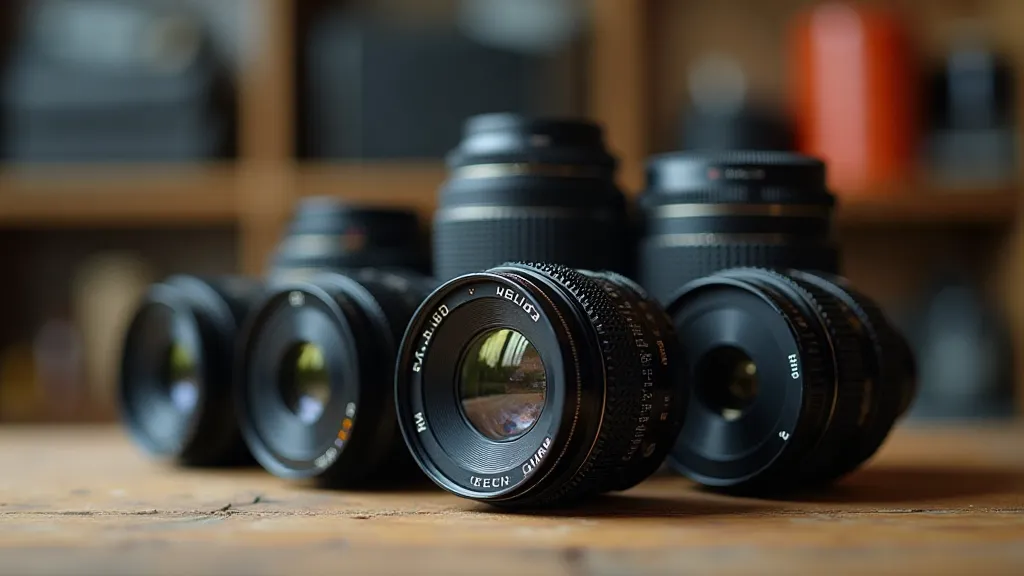
Craftsmanship and the Weight of History
Handling a vintage camera viewfinder is a tactile experience. You can feel the weight of the brass, the coolness of the glass. You can imagine the craftsman who meticulously assembled it, the countless images it captured, the countless hands it passed through. There's a sense of connection to history, a feeling of participating in a legacy.
This connection to the past informs our appreciation for the present. It reminds us that everything is transient, that even the most seemingly permanent objects are subject to the relentless march of time. And it also reminds us that beauty isn’t always about pristine perfection. Sometimes, it’s about the graceful acceptance of imperfection, the resilience of the human spirit, and the enduring power of memory.
The Enduring Appeal of Character
The allure of vintage cameras and viewfinders extends beyond mere nostalgia. It’s a yearning for authenticity, a rejection of the disposable culture that defines so much of our modern world. It's a recognition that true value lies not in flawlessness, but in character. And, just as a flawed viewfinder can reveal a hidden beauty, an imperfect narrative voice can unlock a profound truth about the human condition.
When restoring a vintage viewfinder – or crafting a story – consider this: embrace the imperfections. Let them speak for themselves. Allow the past to inform the present. Because it is in the ambered gaze of history that we find the truest reflections of ourselves.
